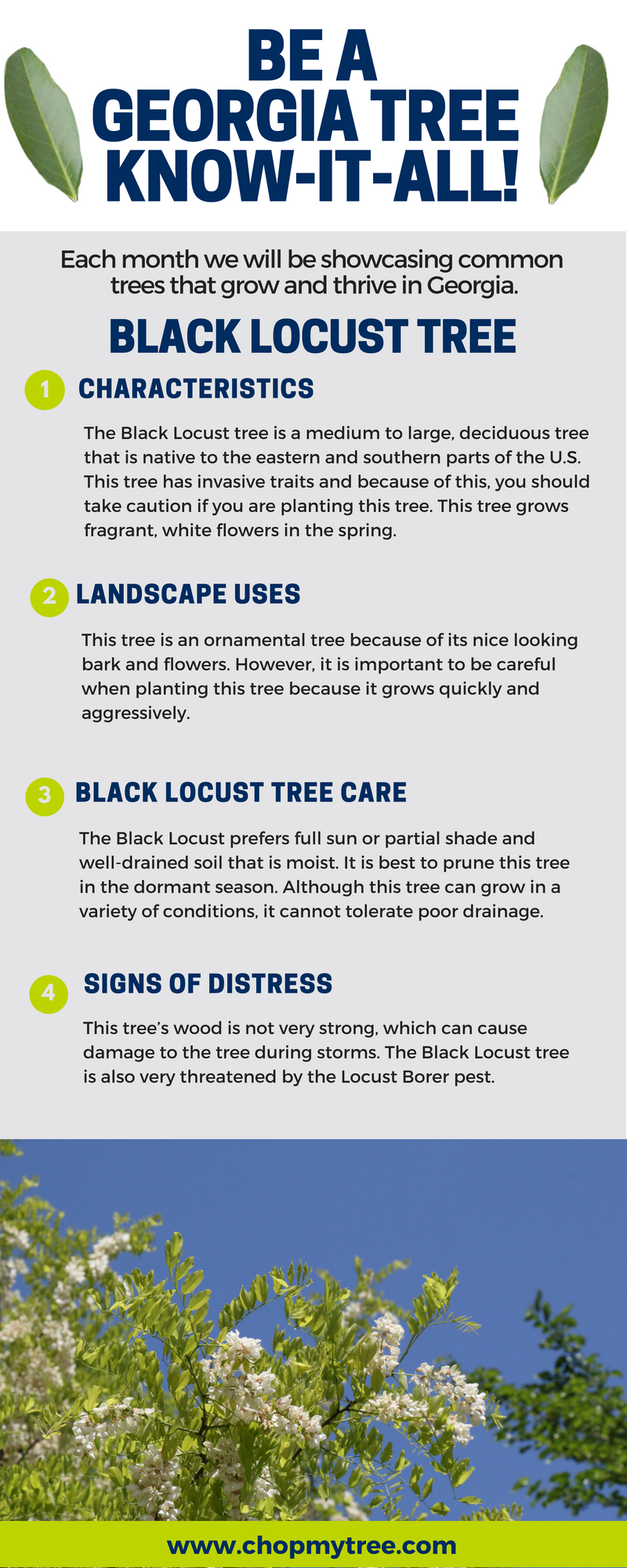Indicators It's Time To Eliminate A Tree - A Homeowner'S Overview
Indicators It's Time To Eliminate A Tree - A Homeowner'S Overview
Blog Article
Material Writer-Mcmahon Noer
Trees add appeal and value to residential or commercial property, yet they can likewise pose a threat during extreme climate occasions. If a tree has quit growing, is displaying noticeable fungal growth, or has a leaning trunk, it ought to be eliminated by an expert to prevent home damages and injury.
For more information, attend a home owner resource fair co-hosted by HPD, the Center for NYC Neighborhoods, and Brooklyn-based real estate companions this night in Bedford-Stuyvesant. The occasion will include the Home owner Manual, a brand-new overview to assist property owners navigate the duties of having a home.
1. Dead or Dying Branches
Trees are an integral part of your home's landscape, offering color and charm. They also provide sanctuary for wildlife and generate oxygen, yet also healthy and balanced trees can experience health issue that might demand their elimination. arborist rigging rope or passing away trees aren't just undesirable, they can be dangerous. Their branches could fall during a storm, leading to costly property damages and injuries.
When a tree's branches begin to pass away, it suggests that its structure is beginning to break down. If most of its branches are dead, it is most likely time to remove it.
Try to find an absence of new development, bark peeling, open wounds or cavities, fungis expanding on the trunk or roots and a general look of decay in the entire cover. These indications of infection can suggest a serious problem that will call for professional tree services to resolve.
2. Leaning Trunk
While it's regular for trees to lean from time to time as a result of phototropism, if a tree has a dangerous or extreme lean that's not because of natural processes - it could be an indicator that the tree needs to be eliminated. If the tree is favoring a high-voltage line, home, vehicle, play framework or any other area that could be hazardous to people if it falls, then getting in touch with an expert tree service for elimination ought to be a top priority.
It's also vital to expect any sudden changes in a tree's leaning as it can suggest damages to the origins or trunk that may cause falling. This is especially true during thundercloud, since high winds and rain-soaked dirt can create a lean to change promptly. Regular tracking, specifically throughout and after storms can help property owners recognize possible issues with their trees so they can call an arborist for a comprehensive analysis.
3. Insect Invasion
Some pest infestations, such as wood-boring bugs like emerald ash borer or sap-suckers like scale bugs, are so severe that they can create a tree to die. The best way to avoid pest problem is to check your trees on a regular basis. Search for areas, holes, or stainings in the fallen leaves and bark. Check out the trunk for cracks and signs of insect damages, such as passages or tracks.
If a tree ends up being also plagued with parasites, or is close to a home or high-voltage line, an arborist may advise removal. If a leaning tree establishes a new, unpredictable lean, an arborist will likely recommend removal too to ensure the safety and security of individuals and property. If a damaged or dead tree consistently sheds extreme branches, it is an indicator that it is time to eliminate the tree. If a tree continues to shed branches for a prolonged time period, it could lead to architectural troubles and prospective property damages.
4. Harmed Trunk
Trees are an attractive and vital part of our landscape, yet they do require normal like keep them healthy and balanced and safe. If a tree is harmed beyond repair it is likely time for it to come down.
Search for indicators of damages to the trunk, including upright cracks, seams, dead branch stubs, visible wounds or open cavities and severe tree-rot. The existence of fungis at the base of the trunk is one more alerting sign. Fungis might show that the phloem and xylem (life-support tissues) are jeopardized, enabling the spread of illness or a future failing.
Additionally, take into consideration whether the tree has quit expanding. Healthy and balanced trees will certainly have new growth yearly, which might show up as buds or branches growing and expanding. If you don't see any new growth, it's a good concept to have an arborist examine the tree and follow their referral for removal. A passing away or harmed tree can drop and trigger property damage.